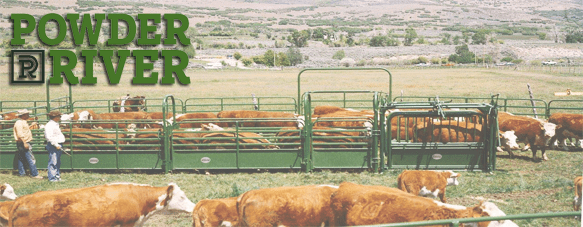
OFI 674: Good Problems And Occum’s Razor
Problems, Problems, Problems
In all my years as a police officer, and later a police detective, trying to solve crimes, wade through lies, uncover cover-ups, put back together crime scenes, etc., etc. I became very fond of Occam’s Razor. Now, if you are not familiar with Occam’s Razor, it is a philosophy that states when you are presented with multiple explanations for an occurrence, the simplest or least complex one is probably correct. 
In all those years of police work when we looked at incidents that appeared to be extremely complex, usually because the suspects or witnesses were lying, it all boiled down to the most simple of answers. Well, that was proved true again on my farm with the mystery killing of our chickens.
If you tuned into my last Tuesday episode, then you heard about my problems. A mystery animal was killing my chickens. Well, it turned out to not be much of a mystery at all. It was the most obvious things possible, a fox. And I was able to stop her chicken stealing days just one day after I released that episode.
Good Problems
This week I am talking about problems again. But this time they are good problems.
Our alfalfa stand is getting old. It was planted in 2012, so this was its 8th season. It has been thinning and becoming less productive the last couple of seasons. In combination with that, leasing ground for our cattle has become more difficult. As farms in our area get split into ranchettes and people from the city purchase them, their tolerance (and their neighbor’s tolerance) for having cattle on their land grows less and less.
So, after last year I decided to flip things on their head. I decided that it would be easier to bring all of our cattle home and start purchase our hay instead of growing it. My logic went like this:
- There are plenty of people growing hay both in our area and around the West that I can purchase from.
- My stand of hay is yielding less and less.
- I can plant grass into my hay and start grazing it.
- This will allow me to expand my cattle herd.
- I will have my eye on my cattle every day.
- I won’t have to deal with complaints from my landlords or their neighbors.
Based on this thinking I canceled my pasture leases and decided to keep all of my cattle home this summer, yearlings and all. I also found a farmer who was putting in a new stand of alfalfa and bringing it up with oats. So, he contracted with me to buy all of his oat hay at a good price. Then, I planted a pasture mix into my alfalfa with the hopes of grazing this ground by mid-summer.
Up to this point, everything was going well.
First Cutting:
At the time of my first cutting of hay I definitely was not ready to graze in my hay field. Even though my alfalfa was thinning, it still dominated the new grass. I was concerned about two main things. First, that there was not enough species diversification and the cattle would still have a high risk of bloat. Second, that the pasture grasses, still dominated by the alfalfa, would be shallow rooted and would be ripped out by grazing the cows out there.
So, we took a cutting of hay. I had suspected that we would but was kind of hoping that we would be able to be grazing by late May.
Second Cutting:
My alfalfa always comes on really strong for the second cutting, which is probably true for you as well. So, when we were reaching that time I was seeing stronger growth and more competitiveness from my pasture mix, but my alfalfa had seemed to have stepped it up. It was almost like the competition with the new pasture mix caused it to step up a level. So, I was still concerned about bloat because I had so much alfalfa.
So, we took a second cutting. I was really hoping to be grazing by July, but it just was not in the cards.
Third Cutting:
At the time of third cutting the pasture grasses are keeping pace with the alfalfa. I will say that our alfalfa continues to have stepped up to a new level, and we had very good production for our third cutting. So, even though the diversity I am looking for is now there, there is still a lot of alfalfa. 
So, we took a third cutting. Our third cutting does look awesome! Everywhere between the wind rows is green with no bare patches – a great sign that the pasture grass has filled in those spots.
Fourth Cutting:
There is still enough alfalfa in there that I have adjusted my strategy. I am not going to take a fourth cutting. I am going to grow it out as much as I can until we freeze hard in early November. Production will really slow down over the next month, so we will see what kind of forage we have out there by the freeze.
I am going to graze this the way most people around her graze alfalfa – after a hard freeze. So, I will start the cattle on anti-bloat blocks in October, and then about 5 days after our first hard freeze I will turn them out and hopefully get a month or two of winter type grazing before I start feeding.
Good Problems:
So, as it all turned out I wound up taking three cuttings of hay this year that I had not anticipated. I had also committed to buying that oat hay. So, my plan is to tarp off my alfalfa hay really well and feed the oat hay all winter until it is gone. I will have wound up with more hay than I need, but I should be in good shape next year and not have to buy very much when winter rolls around.
All in all it is good news for us, and I am looking forward to buying even more cattle next spring.
What About The Cattle:
If you are wondering what I did with the cattle all summer since I canceled all of my pasture leases, well let me tell you. Our farm has been a work in progress since we bought 25 acres of weeds in 2011. Our pastures have progressively been getting more and more productive, and we had a very wet spring. So, we started off the year with a bang and with a lot of grass. The timing on this could not have been better because we were grazing more cattle than we ever had before.
However, I had to work dry lot days into our pasture rotation system because eventually we would overgraze if I didn’t. So, we fed some hay this summer. Instead of grazing the alfalfa field, we cut, baled and fed some of it to get us through.
I don’t particularly like feeding hay in the summer, but it got us through. In my mind I should be managing this place correctly so that we don’t have to. However, we are in a transition period, so I guess it is alright until we get to the next step. When we do, we will not have enough cattle for all of the forage we are producing.
This worked pretty well for us this summer based on our schedule. We spent four days in Oregon at a softball tournament for Hattie, three days in Stanley, Idaho camping and 8 days in Florida for a vacation/work trip this summer. We don’t have our farmsitters move the cattle when we are gone. We always have them feed. So, we were able to time the rotations a bit so that the dry lot time coincided with our trips. That way we did not feed that much more hay than we would during a normal summer of travel.
So, things did not go the way I had planned this summer. But I am ending the season with a lot of cattle, a lot of hay and room to expand. I would say that these have been pretty good problems, especially compared with so many other people in farming right now.
Where Off-Farm Income And Matt Brechwald Can Be Heard:
Member Of The National Association Of Farm Broadcasters


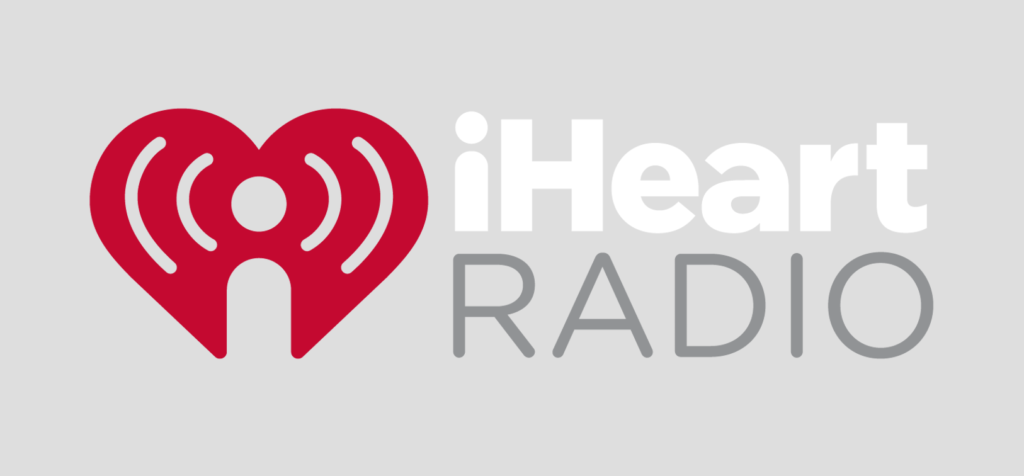


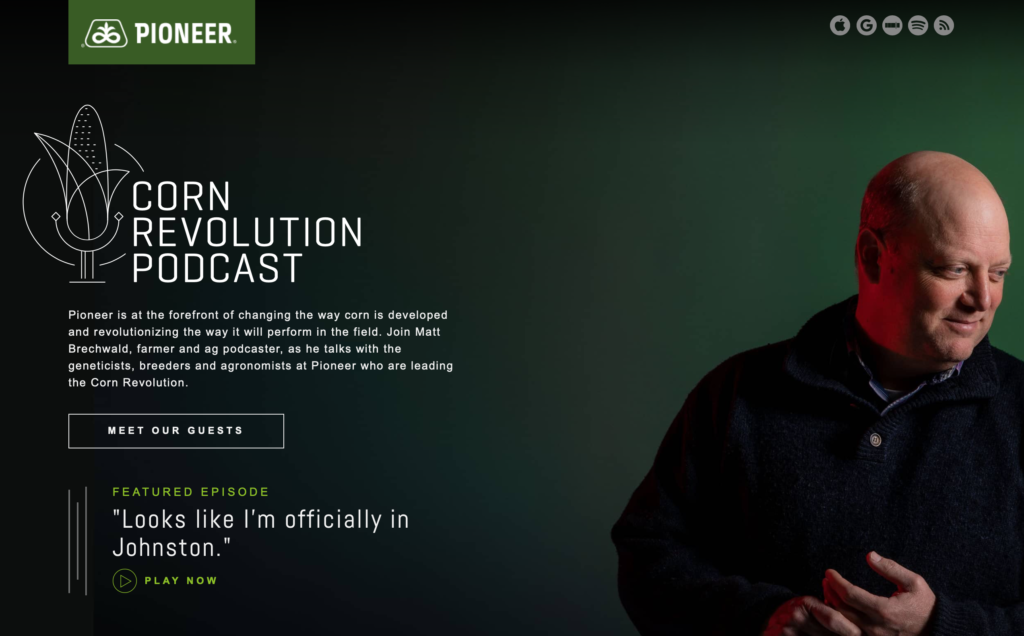


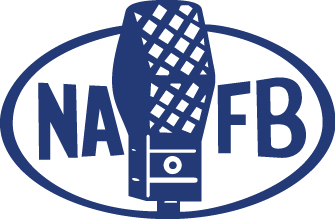
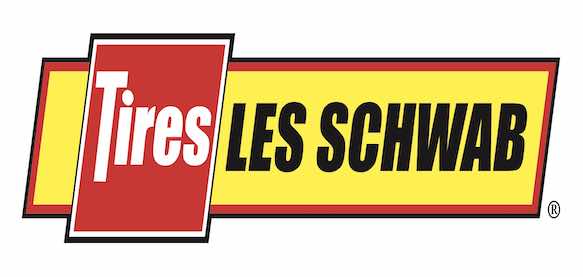
Leave a Comment